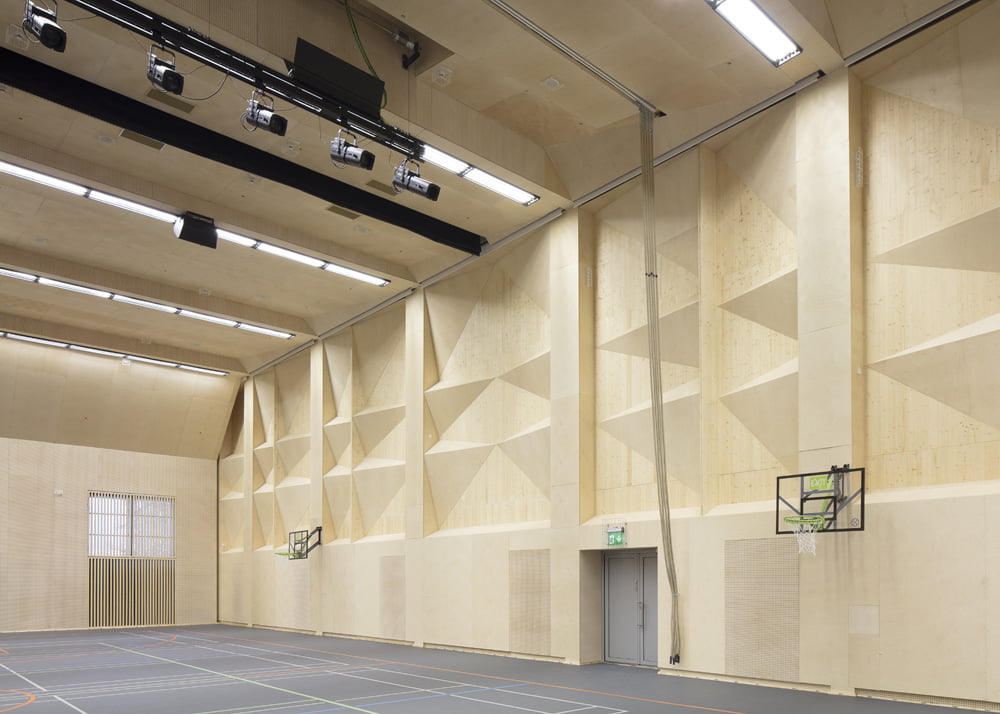Acoustics play a big role in well-being

A-Insinöörit’s planning manager, Jaana Jokitulppo, PhD, points out that although the importance of noise in peoples’ day-to-day well-being is known, construction projects still do not pay sufficient attention to acoustic solutions because acoustic design is not perceived to be a part of the overall design. In a sense, expertise in acoustics must be sold separately in every project and its benefits must be justified on the fact that acoustic solutions can already be integrated into a building in the design phase, which is just part of being cost effective.
– Acoustic problems most often only become apparent after people have started using a building. The acoustic conditions in a building can be improved retroactively, but several rounds of construction can also cost more and the available solutions are more limited. For example, wood surfaces can be installed on a concrete wall that is hard acoustically to dampen echoes and to break up sound.

According to Jokitulppo, acoustic problems occur in public places such as schools and day-care centres, but they also manifest themselves in office buildings and apartments. – Everyone has certainly sometimes experienced a sense of restlessness and anxiety caused by noise, which, for example, makes it difficult to concentrate on work in an open-plan office or for children to focus on learning in a school or day-care centre.
– When it comes to acoustics, wood behaves differently to some extent from other building materials. In large, high spaces, acoustic wall surfaces can be made from wood, whose acoustic properties can be modified by milling the surfaces, which in turn reduces the harmful echoing of noise.
Jokitulppo reminds us that the acoustic conditions in spaces are usually noticed only when there is a problem. Sound is easily distorted in many large spaces, which can make it difficult to focus on a conversation. Floor surfaces may also be too hard from an acoustic perspective, leading to uncomfortably loud noise from actions such as simply moving chairs. In addition, unwanted noise may travel through the joints or ventilation ducts of a structure. The aforementioned problems could all be solved in the design stage already.
– Taking our sensory world as a whole, material choices can directly affect people’s well-being. If a space feels good, it usually also has pleasant acoustics. The main thing is to recognize the need for acoustics planning and to include the relevant technical expertise in construction projects.
Jokitulppo would like to challenge the wood products industry: – The industry should develop ready-made acoustic solutions. This would make a designer’s job easier.
This article is part of a series by Markku Laukkanen and Mikko Viljakainen. The series presents a variety of best practices and trends in the Finnish wood industry. The aim is to spread information about best practices and solutions in the Finnish wood industry to increase its competitiveness and make Finnish expertise more widely known. The articles will be published in Finnish and in English. They will be made freely available for use as source material and for publication as they are. The articles will be distributed as Puuinfo newsletters and will also be published on the puuinfo.fi and woodproducts.fi websites. The article series is funded by the Ministry of the Environment’s Wood Construction Operational Program.
Photograph: Mikko Auerniitty
Tuupalan koulu